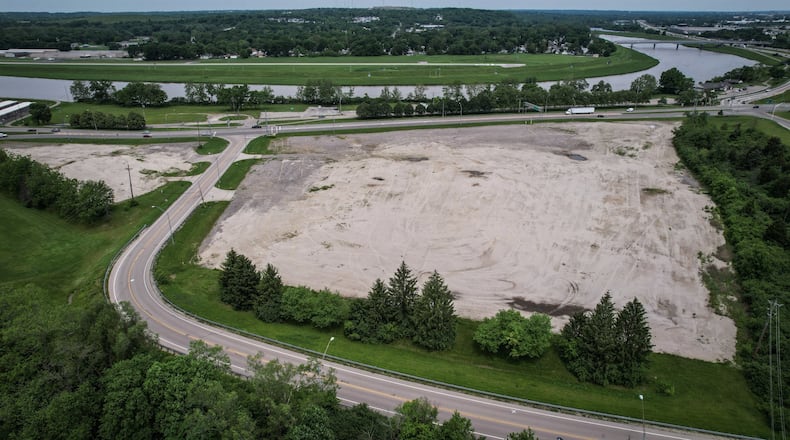That’s roughly the area in which city officials are working to create a river district and a whitewater park along the Great Miami River at the Interstate 75 West Carrollton interchange.
If approved by council at its next meeting, the changes would add light manufacturing, warehousing, wholesaling and distribution to the district’s prohibited use list, along with sexually oriented businesses, according to Greg Gaines, West Carrollton’s director of planning and community development.
“Just quite simply, we don’t think that’s compatible with what we’re looking for in that district,” Gaines told council at its most recent meeting.
The amendments would add as a permitted use in the district automobile fueling stations with a convenience market restaurant and drive-up a window, as long as they are at least 1.75 acres in size, at least 1,000 feet from any other station, and are not within the floodway or Special Flood Hazard Area near the Great Miami River.
“With this language as it’s crafted, we believe that .... there would be an opportunity for a high-end use that could be compatible with other uses that we’re looking for in the district,” Gaines said.
Gaines said the proposal conforms with the city’s comprehensive plan, protects property values and private investment by encouraging new development and enhances the city’s image and appearance by limiting incompatible uses.
“We believe the proposal is also justified on the basis that there’s been substantial and significant change in area conditions,” he said. “City Center district, of any district in the city, has been experiencing the most change after many years of preparation by city council in terms of acquiring property, demolishing structures and that type of thing.”
The Planning Commission reviewed the application to amend City Center zoning Aug. 1 and unanimously recommended approval of the amendments.
The city council voted to set a public hearing for Nov. 12 regarding the creation of a River District New Community Authority.
Community authorities are a form of economic development/local government that, unlike other regular local governments, can charge a special assessment on retail purchases made inside its boundaries in addition to sales tax.
In this case, the proposed community authority would charge a 2% tax on businesses within its boundaries including restaurants, retailers and hotels.
Collections from a community authority may be used to finance the upfront cost of infrastructure and provide a revenue stream to maintain public roads, sidewalks, parking garages and other infrastructure.
About the Author

